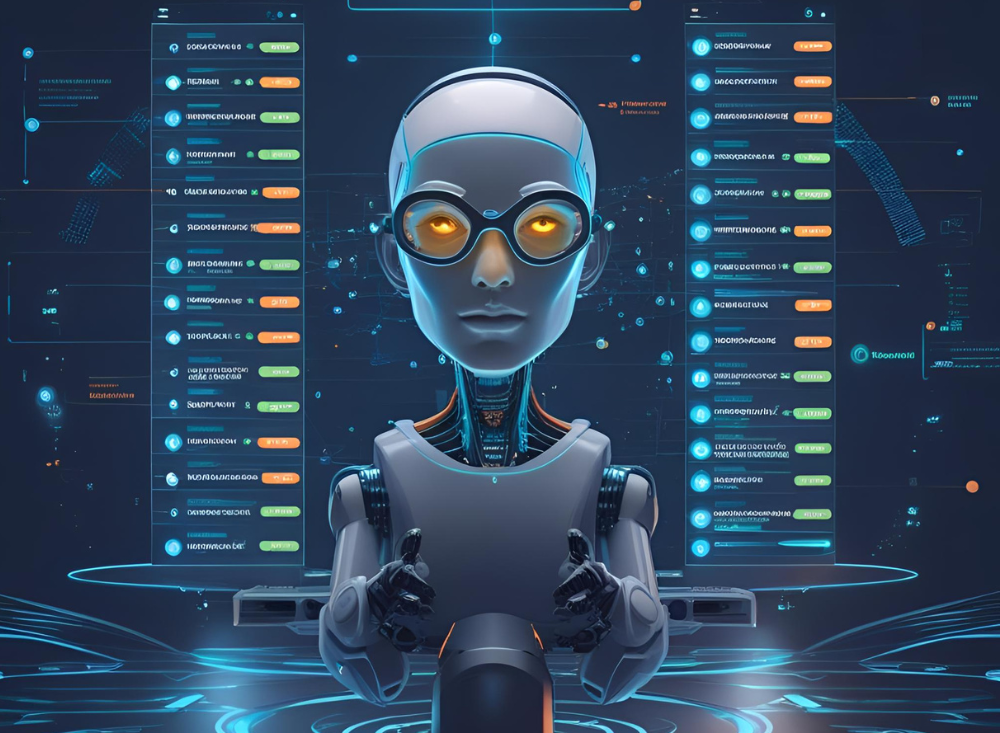
Accessibility testing ensures that applications are usable by everyone, including individuals with disabilities, fostering inclusivity and compliance with standards like the Web Content Accessibility Guidelines (WCAG). For AI-driven applications, which often feature dynamic interfaces and complex interactions, ensuring accessibility is both critical and challenging. AI-powered tools revolutionize accessibility testing by generating comprehensive test cases and providing actionable suggestions for improvement, ensuring applications meet accessibility standards and deliver seamless user experiences.
The Importance of Accessibility Testing
Accessibility testing verifies that applications are navigable and functional for users with visual, auditory, motor, or cognitive impairments, ensuring compliance with legal and ethical standards like WCAG, ADA, and Section 508. Its key objectives include:
- Inclusivity: Enabling seamless access for users with disabilities, such as those using screen readers or keyboard navigation.
- Regulatory Compliance: Meeting standards to avoid legal risks and penalties.
- Enhanced User Experience: Improving usability for all users, including those with temporary or situational impairments.
- Broader Market Reach: Expanding audiences by ensuring applications are accessible to diverse users.
- Brand Reputation: Demonstrating a commitment to social responsibility and inclusivity.
AI-powered tools address these needs by automating complex testing tasks and providing data-driven insights, ensuring applications are inclusive and compliant.
How AI Enhances Accessibility Testing
AI-powered tools leverage advanced techniques like machine learning, natural language processing, and behavioral analysis to generate accessibility test cases and suggest improvements. These tools ensure comprehensive validation across web and mobile applications. Here’s how AI transforms accessibility testing:
1. Automated Test Case Generation
AI analyzes application interfaces and requirements to generate diverse test cases aligned with accessibility standards, such as WCAG 2.1 and 2.2. These cover critical areas like color contrast, keyboard navigation, screen reader compatibility, and form accessibility, ensuring thorough testing without manual effort.
2. Simulation of Assistive Technology Interactions
AI simulates interactions with assistive technologies, such as screen readers, voice recognition software, or keyboard-only navigation, to validate compatibility. It tests how applications respond to these inputs, identifying barriers like missing ARIA labels or inaccessible dynamic content.
3. Comprehensive Accessibility Validation
AI tests for a wide range of accessibility issues, including:
- Color Contrast: Ensuring text and backgrounds meet WCAG contrast ratios for readability.
- Keyboard Accessibility: Verifying navigation without a mouse for motor-impaired users.
- Screen Reader Support: Confirming content is properly announced for visually impaired users.
- Form Accessibility: Checking for labeled fields and clear error messages.
- Dynamic Content: Ensuring real-time updates, like AJAX-driven elements, are accessible.
This holistic approach ensures compliance and usability across diverse scenarios.
4. Actionable Improvement Suggestions
AI provides detailed suggestions for fixing accessibility issues, such as increasing contrast ratios, adding alt text to images, or improving ARIA attributes. These recommendations are prioritized based on impact, enabling developers to address critical issues efficiently.
5. Predictive Issue Detection
AI uses predictive analytics to forecast potential accessibility barriers by analyzing UI patterns and historical test data. For example, it can predict if a new UI component might fail WCAG standards, enabling proactive fixes before deployment.
6. Adaptive Testing for Evolving Interfaces
AI-driven applications evolve with new features or dynamic content, potentially introducing accessibility issues. AI dynamically adapts test cases to reflect these changes, ensuring ongoing compliance without manual updates, supporting agile development cycles.
7. Real-Time Feedback and Insights
AI delivers real-time feedback during testing, highlighting accessibility issues with detailed reports, including screenshots and code references. This enables developers to address problems quickly, streamlining the path to inclusive applications.
8. Integration with CI/CD Pipelines
AI-powered accessibility testing integrates with CI/CD pipelines, enabling continuous validation during development. By testing accessibility with each code change, AI ensures applications remain inclusive throughout rapid release cycles.
9. Enhanced Exploratory Testing
AI augments exploratory testing by suggesting accessibility-focused test paths based on real-time UI behavior. For instance, it might recommend testing keyboard navigation for a new form, combining human intuition with AI-driven insights to uncover subtle issues.
Benefits of AI-Powered Accessibility Testing
Integrating AI into accessibility testing offers significant advantages:
- Enhanced Inclusivity: Comprehensive test cases ensure usability for users with disabilities.
- Regulatory Compliance: Validation against standards mitigates legal and ethical risks.
- Improved Efficiency: Automation reduces manual testing efforts, accelerating development.
- Proactive Fixes: Predictive analytics catch issues early, minimizing rework.
- Better User Experience: Accessible interfaces enhance satisfaction for all users.
The Future of AI-Powered Accessibility Testing
As AI-driven applications grow in complexity, accessibility testing will become increasingly vital. Advances in machine learning, natural language processing, and computer vision will further enhance AI’s ability to generate test cases and suggest improvements, enabling faster, more precise validation. By leveraging these technologies, organizations can deliver inclusive, user-centric applications that meet diverse needs and comply with global standards.
AI-powered accessibility testing is transforming the software development lifecycle by generating comprehensive test cases and providing actionable suggestions. By ensuring applications are inclusive, compliant, and user-friendly, it empowers developers to build software that serves everyone, paving the way for a more accessible digital future.